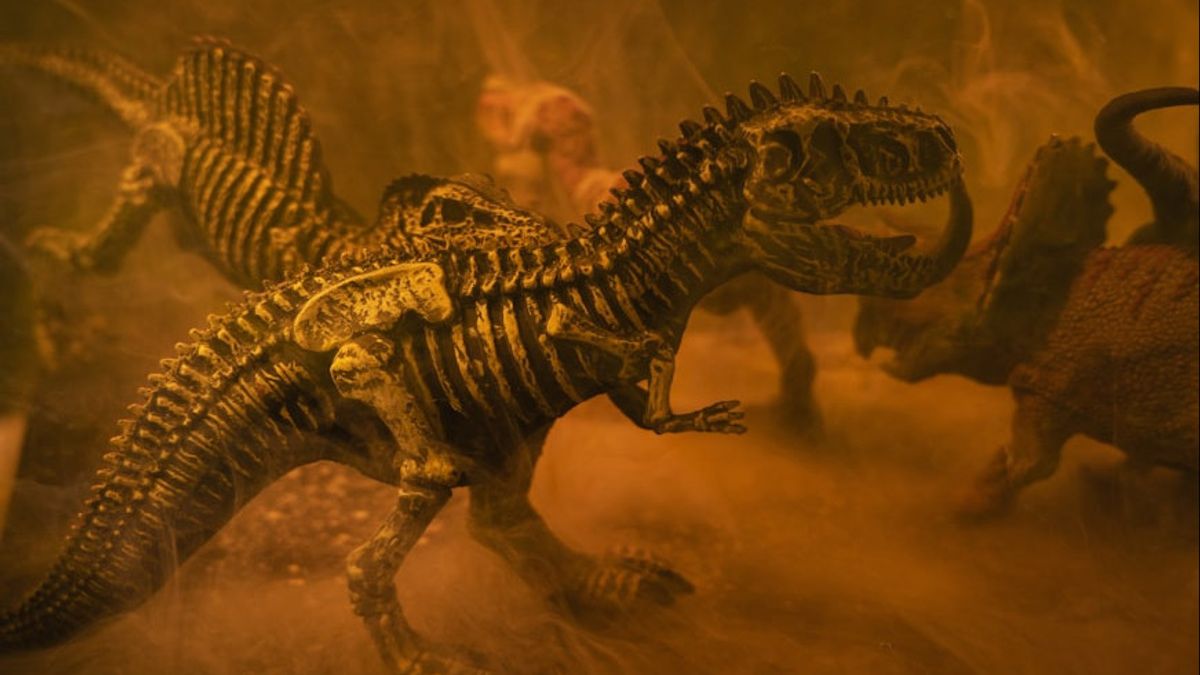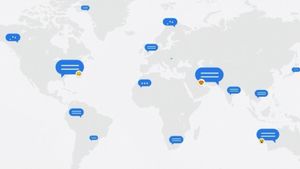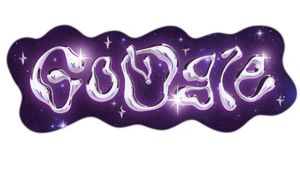JAKARTA For years, many scientists believed that dinosaur heyday ended in an asteroid attack. Not a few also believed that objects falling on Earth were comets. Recent findings from international researchers confirmed that the attack that ended the mesozoicum was an asteroid. This finding also supports the hypothesis of the Chicxulub events, the designation for asteroids believed to strike Earth about 66 million years ago. To find out the cause of the end of the dinosaur era, the researchers could not observe the sky because the situation was already different. The only way is to observe the sedimented layers stored on the rock that formed at the time of the attack occurred. The researchers observed rocks in the Cretaceous-Paleogen layer that were in Raton, New Mexico. They found minerals consisting of irridium, rutinonium, rhodium, platinum, and palladiums that usually exist in meteorite chunks, rather than asteroids. These findings did not satisfy the researchers so they observed other areas believed to be related to the Chicxulub events, namely Deccan Traps. These regions were once filled with volcanic eruptions for decades triggered by asteroids. Research led by Geochemist Mario Fischer-G\"odde focused on minerals called rutenium. They observed boundary layers at five different locations and compared them to rutenium from five other impacts in the last 541 million.
SEE ALSO:
The researchers also analyzed the rutenium of the original meteorite. The results show that the rutenium in the Cretaceous-Paleogen boundary layer is not self-formed, but rather comes from outer space. This finding is in accordance with the rare type of asteroid in outer space. This asteroid is called carbonic chondrites because it is rich in carbon and comes from the outer parts of the solar system, passing through Jupiter's orbit. Jupiter is known as an object barrier from outside the solar system because the planet's orbit will capture asteroids and block their movement. Some asteroids can escape Jupiter's orbit, but usually fall in smaller sizes to Earth. However, Chicxulub has a different story. This asteroid measuring 10 to 15 kilometers manages to escape to Earth for reasons that are still unknown.
The English, Chinese, Japanese, Arabic, and French versions are automatically generated by the AI. So there may still be inaccuracies in translating, please always see Indonesian as our main language. (system supported by DigitalSiber.id)


















